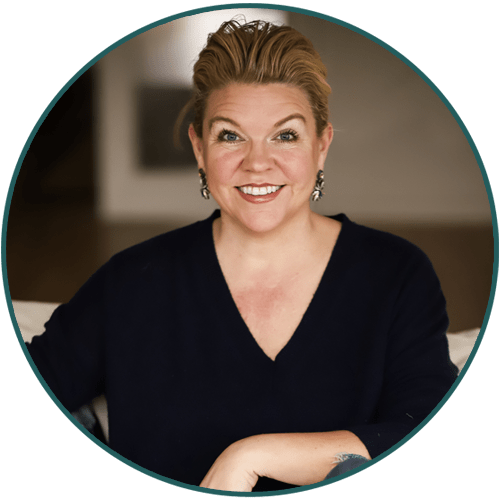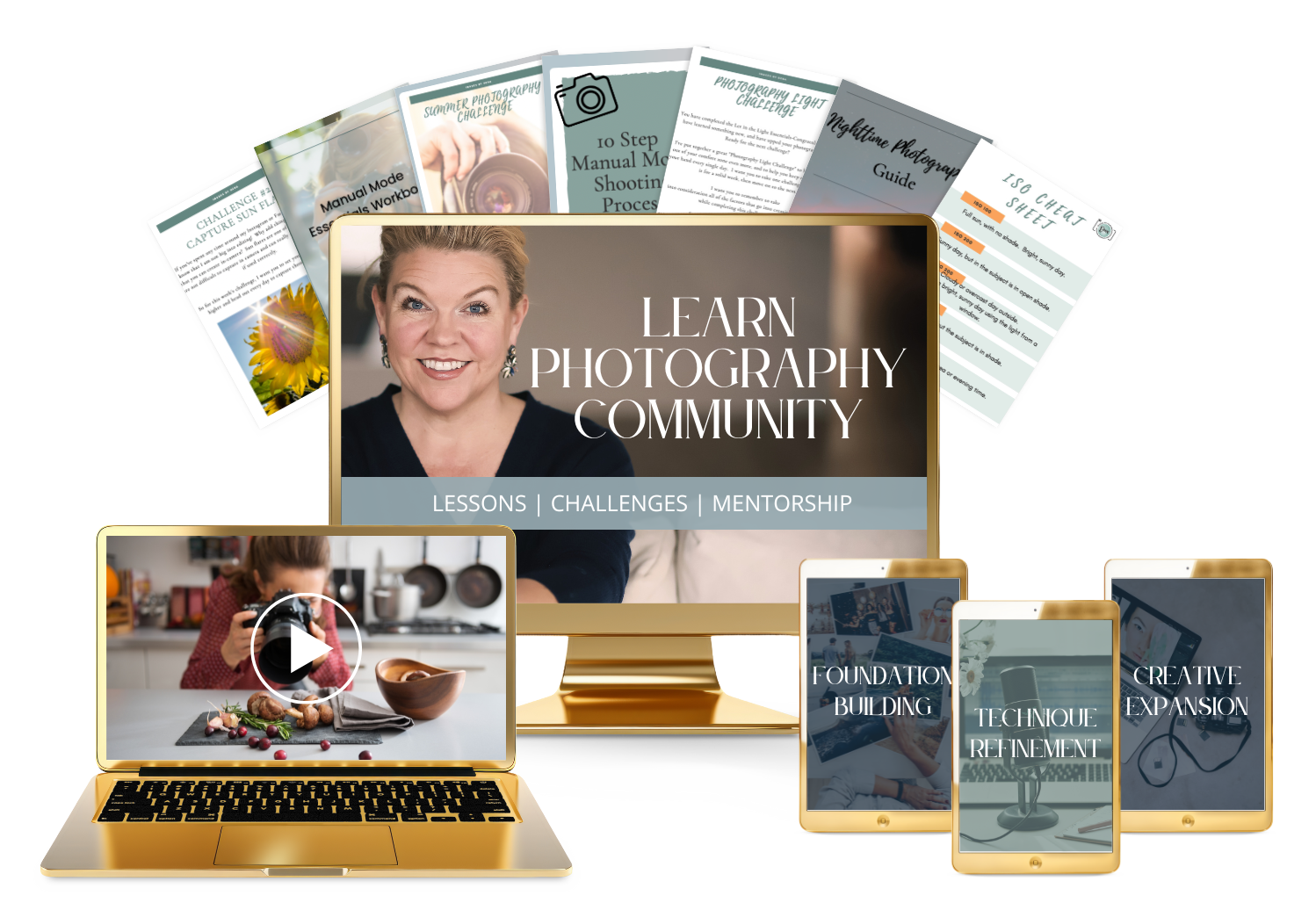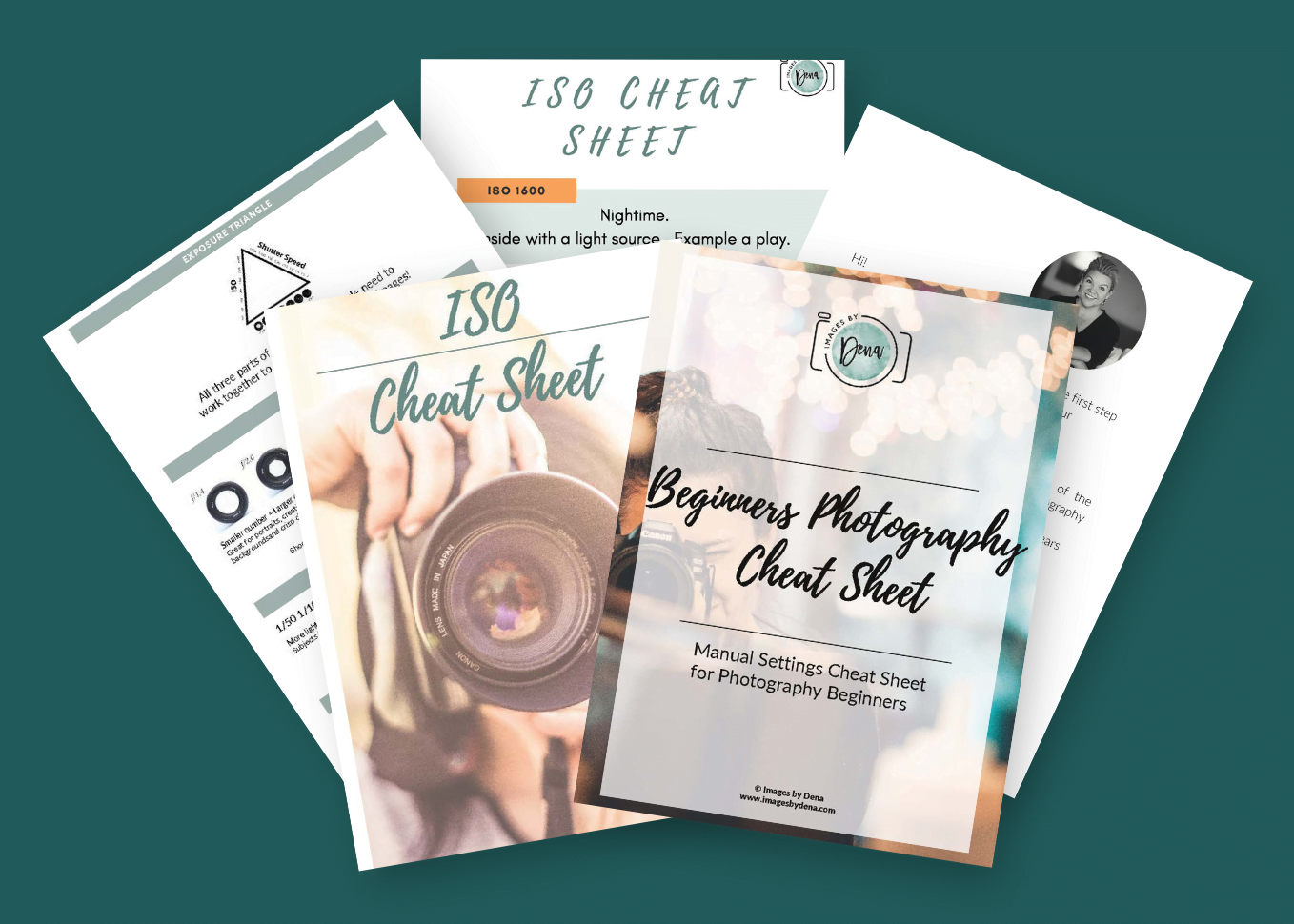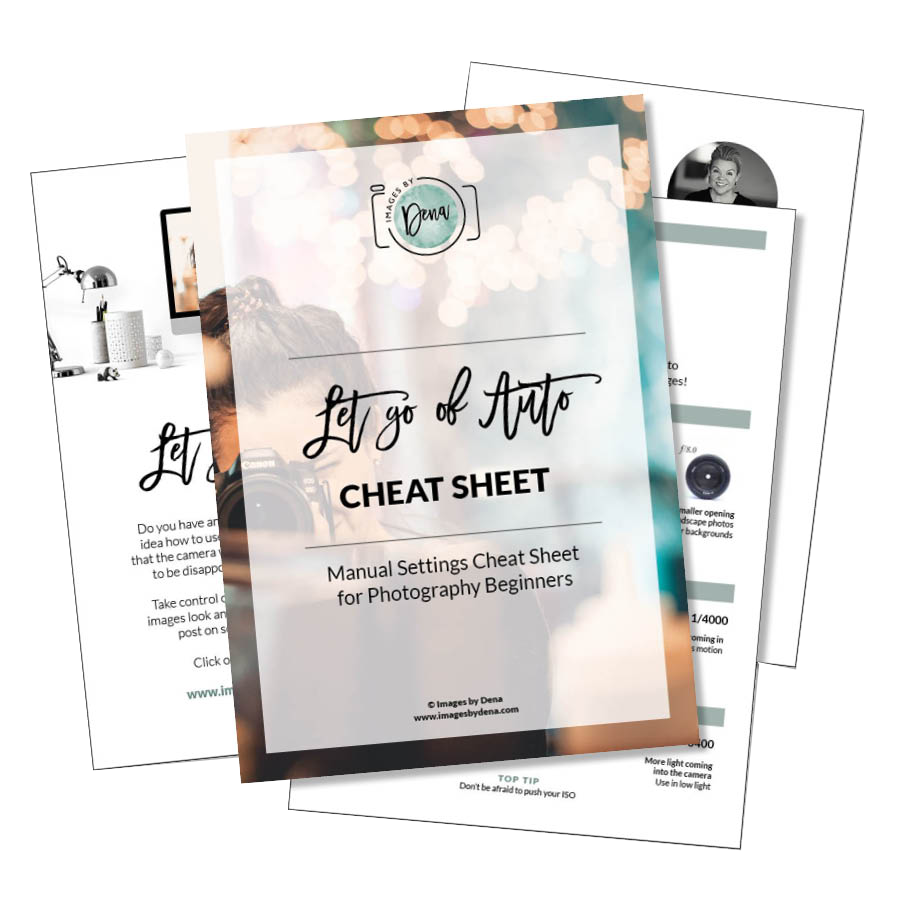
Let me help you learn about the exposure triangle with this photography cheat sheet! Are you confused about the exposure triangle? Does the thought of ISO, Aperture and Shutter Speed make you want to put down your camera and give up? Worry no longer…I am here to help you learn about the exposure triangle with this photography cheat sheet…but first let me help you understand a little bit about each aspect.
ISO
ISO is a setting that will make your photo brighter or darker, and your camera has a “base” ISO. The base ISO is the lowest ISO your camera can go and is usually ISO100 on most cameras. This base ISO is where you can get the highest quality image with the least amount of noise. If you increase your ISO, the sensitivity to light in your camera increases, resulting in a brighter picture. With every bump up the ISO, you are doubling the brightness of your image.
The number one way to make ISO work for you is to understand how much ISO you need. If there is plenty of light in your room or shooting outside, using a low ISO (100 or 200) is usually possible. Using this lower ISO minimizes the risk of noise in your photos.
Even in some low light situations, you can use a lower ISO if you use a longer shutter speed with a tripod.
You should increase your ISO if there is not enough light to get your shot any other way. If you are shooting at a time of day when there isn’t a lot of light, at a concert, or a party. It will bring in a bit of noise, but you shouldn’t lose the image’s quality.
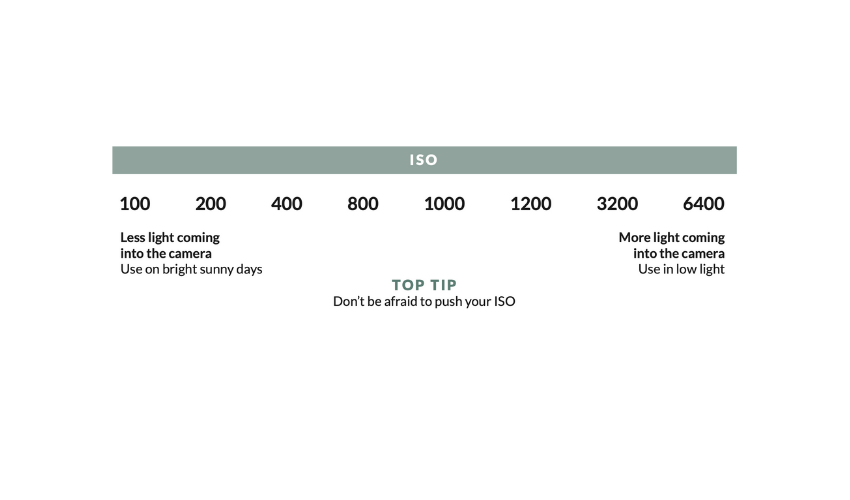
Aperture
Aperture is defined as “a hole or an opening through which light travels”. Understanding aperture is critical in helping you take better photographs and in understanding the exposure triangle. Understanding aperture will also help you get that fabulous blurry background that many photographers strive for or that crisp, or the clear landscape shot you may be looking for. The photography cheat sheet will help you understand even more but if you begin to think about your camera in terms of an eye, the aperture is like the pupil.
Aperture is the hole in which light enters the camera. The lens will determine the aperture range you can shoot, not your camera. Remember, not every lens has the same capabilities.
The lower the number, the bigger the hole, the more light that comes in, resulting in only a small portion of your photo being in focus. This helps you achieve those pictures with a blurry background. Shooting a larger aperture—F1.8–2.5 means more light will come into the camera, and there will be less focus in your photo.
The higher the number, the smaller the hole, the less light that comes in, resulting in a larger portion of your photog being in focus. This helps you achieve a photo where the whole image is crisp and clear. Shooting a lower aperture-F16-22 means less light will come in and more focus. Lower apertures are great for landscape shots.
Keep in mind that the smaller the number, the bigger the hole, and the larger the number, the smaller the hole. It’s backwards to what makes sense.

Shutter Speed
Your shutter speed is how long your shutter is open and is measured in fractions of a second…1/5 results in the shutter being open for a fraction of a second and a faster speed being 1/500. It is one of the key factors in getting sharp, in focus photos and the photography cheat sheet will help you understand it even better.
A slow shutter speed means that the shutter is open for a more extended period, allowing more light to come into the camera. But it is important to remember that the longer the shutter is open, the more room for shake or movement, resulting in a blur in your images and a soft, out of focus photo.
A fast shutter speed means that the shutter is open for a shorter length of time, allowing less light to come into the camera. Faster shutter speeds are used for sports, action shots or capturing a moving object.
I teach my students that a good rule of thumb is to try to use a shutter speed faster than the focal length of your lens. Example If you are using a 50mm lens, don’t go lower than 1/50 shutter speed, a 100mm lens, don’t go lower than 1/100, etc.
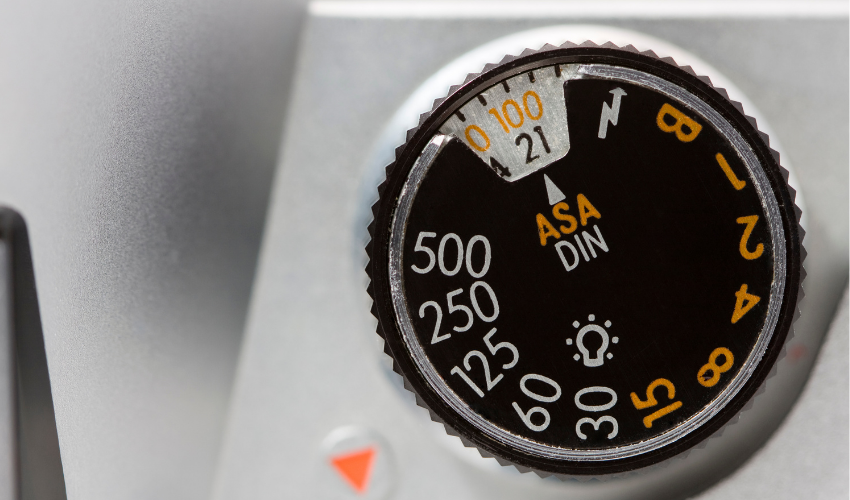
Now that you have a basic understanding the elements of the exposure triangle, check out the photography cheat sheet, print it and keep it handy so that you can refer back to it.
I hope this gives you a better understanding of the exposure triangle and if you want to learn to understand your camera and take amazing photos even faster, make sure to check out The Beginners Photography Essentials Program!


